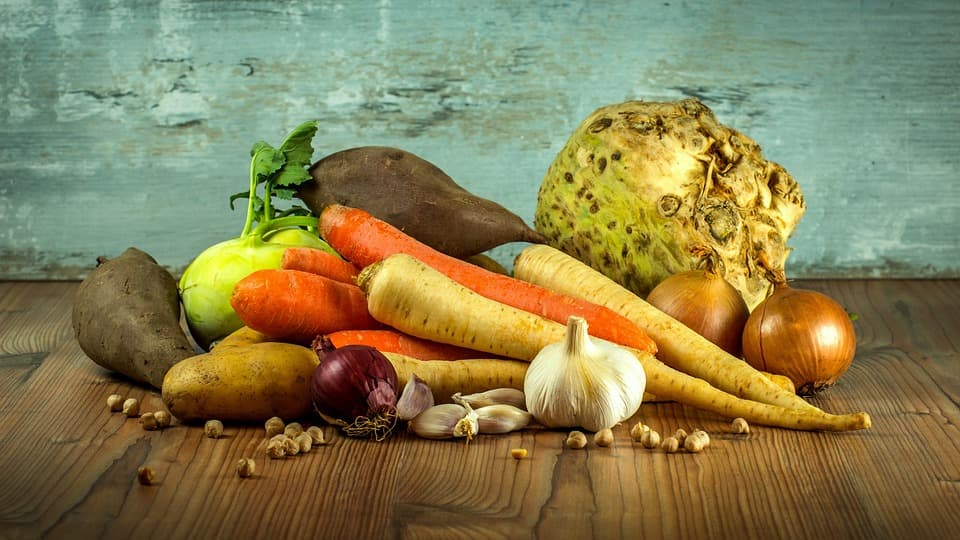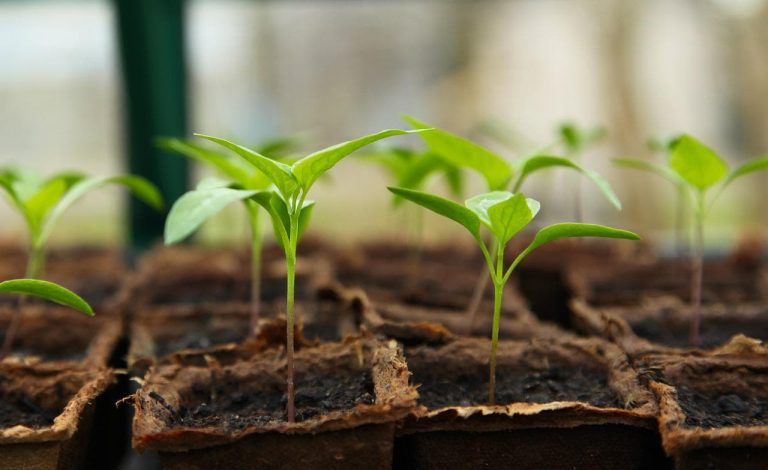Smart DIY Ideas for Farmers Who Want to Grow Their Crops More Efficiently
Growing your own crops is a great way to provide your family with fresh, healthy produce while also saving money on your groceries bill – plus, you can make a business out of it as well.
However, it’s important to remember that growing your own crops is a lot of work – which is why it only makes sense to ensure that you’re doing everything in the most effective way possible. Luckily, there are plenty of smart ideas out there, and here are some of the best ones that will help you grow your crops more efficiently.
Table of Contents
1. Plant In Straight Rows
While this one may be obvious, it’s important to mention it nonetheless. When asking yourself “how do I increase crop yield?“, the first thing you want to look at is how you’re planting your crops. One of the best ways to ensure that you’re getting the most out of your crops is to plant them in straight rows.
Planting your crops in straight rows can help you to get the most out of your land – by using every square inch effectively, you’ll be able to grow more crops overall. Additionally, this will help you to more easily identify and remove weeds, as well as to track the progress of your crops. It can also help with irrigation, as you can ensure that each row is getting the same amount of water.
2. Prune Your Plants Regularly
Pruning your plants may not seem like it would have a big impact on crop yield, but it can actually make a significant difference. Pruning helps to encourage plant growth, and can also help to prevent disease. By doing this regularly, you’ll be able to ensure that they’re healthy and productive. Of course, different plants need different kinds of pruning.
An apple tree needs to be trimmed differently than a grapevine, for example. Do some research on the type of plants that you’re growing, and prune them accordingly. This is usually done during the winter months when plants are dormant. That way, they’ll be ready to grow once the weather warms up.
If you’re new to farming, this may seem counterintuitive. However, crops that have too many leaves or that are otherwise overgrown can actually have their yield reduced, so it’s important to keep them trimmed.
3. Use Mulch
Mulch is a great way to improve the yield of your crops, as it can help to retain moisture in the soil and prevent evaporation. It can also keep the roots of your plants warm in the winter and cool in the summer, which can help them to grow more effectively.
Additionally, mulch can help to prevent weeds from growing – meaning that you’ll have less work to do when it comes time to weed your garden. There are plenty of different types of mulch that you can use, so be sure to do some research and find the one that will work best for your needs. However, in general, the most commonly used types of mulch are organic (such as straw, leaves, or compost) or inorganic (such as rocks, gravel, or plastic).
4. Use Companion Planting
Companion planting is a great way to maximize the yield of your crops. In essence, companion planting is the practice of planting different types of plants together in order to benefit each other. For example, you can plant garlic near tomatoes in order to repel pests.
Another example is to plant beans next to corn, as the beans will help to fix nitrogen in the soil and the corn will provide shade for the beans. There are countless possibilities when it comes to companion planting, so be sure to do some research and find out which plants work well together. Not only will this help you to get the most out of your crops, but it will also make your garden look more attractive.
5. Rotate Your Crops
Rotating your crops is another way to ensure that you’re getting the most out of your land. This is the practice of planting different types of crops in the same area each year. By doing this, you’ll be able to give each crop the nutrients that it needs, and you’ll also be able to avoid diseases.
One of the most common crop rotations is to plant legumes (such as beans or peas) one year, and then to plant a cereal crop (such as corn or wheat) the next year. This helps to ensure that the soil stays healthy and that each crop gets the nutrients that it needs. When you’re planning your crop rotation, be sure to take into account the different needs of each plant. For example, some plants need more nitrogen than others.
6. Use Row Covers
Row covers are a great way to protect your crops from pests and bad weather. They’re essentially sheets of fabric that you can drape over your plants. This will create a barrier that will keep out pests, and it will also help to insulate your plants from extreme temperatures.
Row covers can be made from a variety of different materials, such as cloth, plastic, or even metal. You’ll need to choose the right material based on the needs of your plants. They also come in different colors, and while that may seem like just an aesthetic preference at first glance, the color of the cover will actually affect your crop growth due to the amount of light each color allows through. For example, if you’re using them to protect your plants from the cold, you’ll want to use a cover that is light in color so that it will allow as much sunlight as possible to reach your plants.
7. Water Your Plants Efficiently
One of the most important things that you can do for your plants is to water them efficiently. This means that you need to give them just the right amount of water – not too much and not too little. Too much water can actually drown your plants, and too little water will cause them to wilt and eventually die.
The best way to water your plants is to use a soaker hose or drip irrigation. These methods will allow you to water your plants slowly and evenly, and they’ll also help to reduce water waste. As already mentioned, you can also use mulch to help retain moisture in the soil, which will reduce the amount of water that your plants need.

As you can see, there are a number of different things that you can do to grow your crops more efficiently. These tips will help you to get the most out of your land, and they’ll also help to ensure that your plants are healthy and productive. So, be sure to keep them in mind during your next gardening season.







